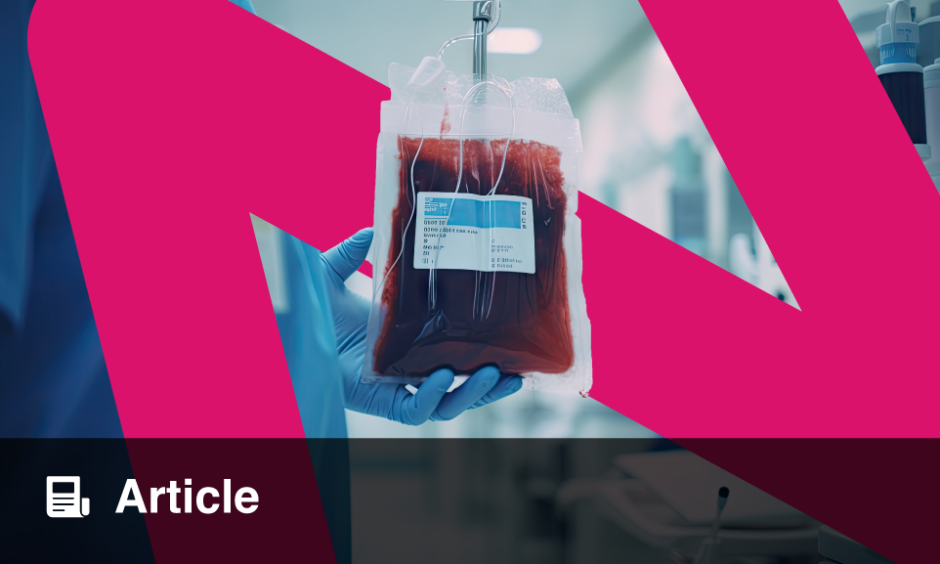A RECENT cohort study shed light on the long-term consequences of pulmonary embolism (PE) in children, highlighting the significant health impacts and the importance of post-PE care. Conducted at a single-centre institution, the study followed 150 children aged 0–18 years who were diagnosed with PE and monitored for at least 6 months. The follow-up protocol included clinical evaluations , chest imaging, echocardiography, pulmonary function tests, and cardiopulmonary exercise tests.
The study revealed that PE did not resolve in 29% of the patients, with 9% experiencing a recurrence and 5% resulting in death. Functional impairments were common, with one third of the children showing at least one abnormal finding during follow-up. These included ventilatory impairments (31%), impaired aerobic capacity (31%), dyspnoea (26%), and abnormal diffusing capacity of the lungs to carbon monoxide (22%). However, most of these abnormalities were transient.
Importantly, children with underlying conditions fared worse, showing higher recurrence rates and more significant pulmonary and ventilatory impairments. Additionally, their exercise capacity was notably poorer, often due to deconditioning rather than direct respiratory or cardiac limitations. This underscores the critical need for promoting physical activity among children recovering from PE to improve their overall health and functional outcomes.
While the incidence of post-PE syndrome was relatively low, ranging from 0.7–8.5% when alternative explanations for impairments were considered, the findings highlight the complexity and varied long-term impacts of PE in paediatric patients. This study emphasises the necessity for tailored follow-up care and interventions to address and mitigate the long-term consequences of PE in children.
Reference:
Bastas D et al. Long-term outcomes of pulmonary embolism in children and adolescents. Blood. 2024;143 (7):631–40.








